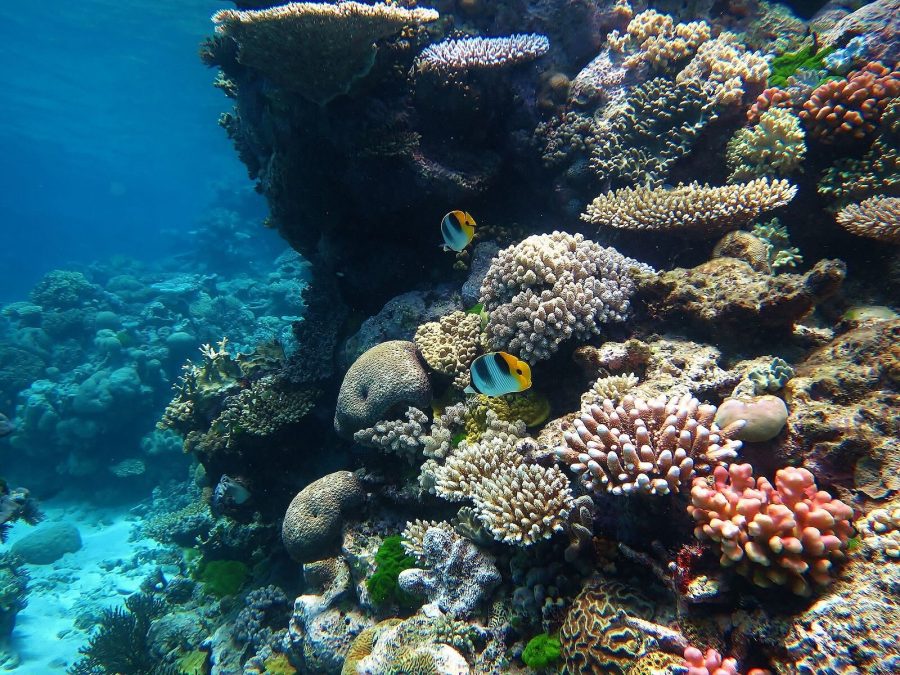The Great Barrier Reef, the world’s largest coral reef system which runs across the Australian coast, has lost half of its corals within the last 25 years because of climate change. These environmental changes have compromised some of the attraction’s resilience, leaving everything from the marine life that lives in the reefs to the fishing industry vulnerable.
Researchers have observed and measured the effects that climate change has had on the Great Barrier Reef. Since 1995, researchers have found that climate change could “diminish critical habitats for fish and other marine life,” according to The New York Times.
These effects include mass bleaching, overfishing, pollution, animals eating marine debris and even an increase in water temperature, which has also been known to cause marine heatwaves.
Between 1995 and 2017, “almost every coral species had declined,” which is evident by the drops in colony size and large older corals, according to The New York Times. This is important because less large corals means a reduced production of baby corals and that puts the reef’s survival at risk.
Other threats to the reef include violent tropical weather and ocean acidification. Scientific American emphasized that there is also an issue containing the outbreak of the crown-of-thorns starfish, which feed on coral.
ARC Center of Excellence for Coral Reef Studies researchers in Queensland, Australia found that bleaching, which is when corals release algae from environmental stress and turn white, is a primary contributor to coral colony loss. Major bleaching events have occurred in 2016, 2017 and 2020.
Marine ecosystems are threatened by the loss of branch-shaped corals. Fish usually inhabit these corals and a decline in the coral population would take away a food source for the billions of people who consume the fish. Coral reefs generate billions of dollars in tourism.
Moreover, the tourism industry might suffer because the reef is home to about 157 rare or threatened animals like whales and turtles and has over 1,200 species of corals that people come to see, Australia’s Department of Agriculture, Water and the Environment reported.
Australia’s Department of Agriculture, Water and the Environment updated a comprehensive plan from 2015 to tackle climate change and therefore save “one of Earth’s most precious habitats,” Maria Cramer called the reef in The New York Times article. The 30-year plan is a long-term effort that is set to be completed by 2050.
In the version of the plan that is available for public consultation, the department mentioned goals it has to improve the reef. Some goals are to limit warming close to around 1.5 degrees Celsius, lessen artificial light and fix coastal infrastructure.
Without “drastic action” by the Australian government to lessen global warming by reducing greenhouse gas emissions, the Great Barrier Reef is projected to continue losing reefs. This could cause a massive problem for maintaining the reef’s beauty and functionality because coral population sizes and species have decreased by more than 50%, according to BBC.
The New York Times reported that some people felt the government ignored past studies about the reef’s health and failed to listen to cries to reduce their carbon footprint, but Australia is one of the world’s largest coal exporters.
Despite the scientists’ efforts to save the reef, it could take years before the Great Barrier Reef makes a recovery, even with a return to normal conditions, BBC reported.
One Twitter user wrote, “If you’re surprised about #TheGreatBarrierReef dying or Bumble Bees being put on the endangered list you are part of the problem.”
There is still hope to save the reef if humans minimize damage from things like fertilizer and sewage runoff. By doing so, pollution levels can be controlled.








